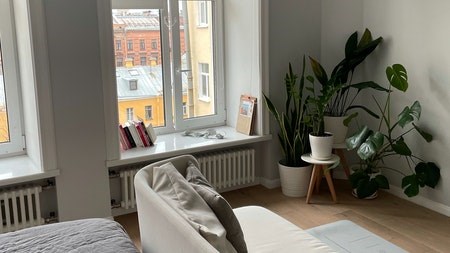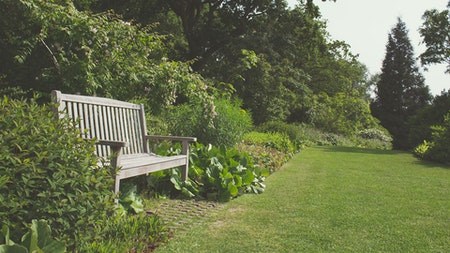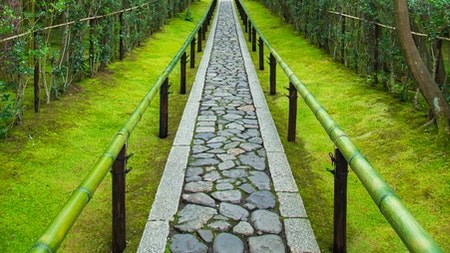Because we are still largely confined to our homes, little things that bring us joy are more important than ever - like indoor plants, for instance.
“Healthy plants can make any space look beautiful, and make a home feel more welcoming,” says interior designer, Storme Conradie, director of Signature Made.
They also have a positive effect on health by freshening the air and improving your mood.
Container plants also need to be taken care of, which satisfies the very human need to nurture, and they take your mind off the unpleasant things that may be going on in the outside world.
Environment
Much like people, all plants need light, water, fresh air, and food, as well as the right temperature.
Light
All plants need some light. Even plants described as ‘low-light tolerant’ cannot grow in the dark and need some ambient light. The rule of thumb is that flowering plants need many hours of natural light whereas non-flowering plants can make do with less.
Before choosing a plant consider the lighting conditions of your apartment, house, or room, then look for a plant that will thrive in your setting and complement your décor.
If your home doesn’t have abundant natural light, try to find some plant-friendly lights which are suitable for home and office use. Plants that do well with these include Philodendrons, Sansevierias, and African violets.
Water
All plants - even succulents - need water for growth and metabolism, as well as transpiration which is the process by which water is transferred from the surface of a plant through evaporation, which is critical in photosynthesis.
Watering requirements will change with the change in seasons, so getting to know your plants’ water needs is vital. If you are likely to be forgetful about watering, make sure the plant you buy can survive with little or no water occasionally.
Air
Optimal airflow is critical for indoor plants to exhale and transpire, as well as for wicking away excess moisture. However, most plants don’t do well in a draft, although some cacti may thrive in these conditions.
Feeding
In the growing season, most plants will appreciate the right amount of fertilising. Each type of plant has different needs, so check with your local nursery on the right fertiliser for the plants you choose.
Temperature
Many indoor plants are native to tropical climates, so they prefer temperatures on the warm side to display to their best advantage. Some, like clivias, need lower temperatures or they will not flower.
Choices
The revival of interest in indoor plants is part of a wider trend of humans wanting to be closer to nature, and will probably be trending for some time to come.
There is a wide range of plants that are well-suited to indoor growing conditions, many of them native to South Africa. These include:
ZZ Plant (Zamioculcas Zamiifolia) – Also known as the Emerald Palm and Eternity Plant. It can tolerate low light and occasional neglect and needs little water, which makes it an easy-care indoor plant.
String of beads or String of Pearls (Senecio Rowleyanus) – is native to the drier south-western regions. It requires little water and is lovely in a hanging planter, with its strings of beads trailing over the edges.
Zebra plants (Haworthia) are small easy- care succulents with white zebra-like stripes, which look striking in unusual containers.
Aloe Vera has an understated elegance and characteristic fleshy cool-green leaves - perfect if you need a low-maintenance plant in muted colours and a subtle presence to complement your décor.
With very little effort you should be able to choose indoor plants that suit your lifestyle and home environment.





